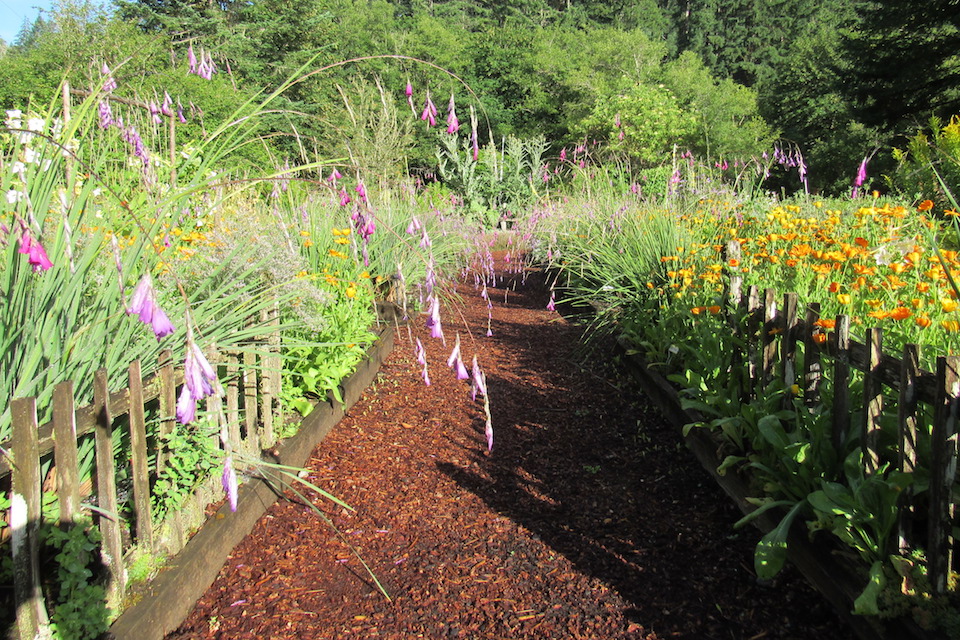The lightning rod of Oregon’s backbone, the public lands and wilderness management, has become contentious and politicized once again with the Bureau of Land Management (BLM) proposed options for Oregon and California Railroad Revested Lands (known as O&C Lands), a designated area of 2.5 million acres of public land in Western Oregon. Public land management e ects recreation, wildlife habitat and timber harvest opportunities. Given that region’s economic and environmental considerations, the BLM offered a menu of Resource Management Plans (RMPs) back in the spring of 2015 about the future use of the O&C Lands. For three months in 2016, the BLM opened the protest period regarding the RMP. Go to blm.gov/or/plans/rmpswesternoregon for a detailed copy of the RMP for Western Oregon. 1859 reached out to two groups on the use of these lands. Only a representative from Cascadia Forest Defenders responded.
Mary Grace Brogdon, Cascadia Forest Defenders
Sitting in the shade of old firs, hemlocks and yew trees, you can feel June Mountain’s cold breath flowing down John’s Last Creek. It’s hard to imagine this mature forest along a heavily used recreational trail has been sold for half the price of firewood and will be logged into yet another clearcut. This is why Cascadia Forest Defenders led hikes and raised awareness about John’s Last Stand Timber Sale, recently scrapped by the BLM due to citizen pressure and fraudulent timber economics.
We’ll see more of these wasteful clearcuts if BLM’s Revised Management Plan for Western Oregon goes forward. Calling for massive logging increases in 80- to 150-year-old forests, its plan guarantees that Oregon will never have more old growth forest than it does today.
By cutting stream buffers in half to log the larger timber from riparian zones, the plan lowers protection for the drinking water of 1.8 million Oregonians, while putting valuable fisheries at risk along with people. The plan further fails to protect threatened and endangered species by dropping the scientific mandate to survey and manage.
The plan fails to adequately consider the climate crisis. Instead, BLM acknowledges that the trees are worth more sequestering carbon but commits to meeting the mandates of the 1937 O&C Act everyone agrees is out of date.
The plan benefits corporations in the timber industry and the Oregon politicians they subsidize but the majority of Oregon’s citizens will lose more forest recreation, water, fisheries and wildlife. Rather than see our forests cut to pad corporate pockets further, Cascadia Forest Defenders is calling for a moratorium on logging on public land, until the climate crisis has been addressed. Reformation of the timber taxes on the largest forestland corporations could fund western county services in the meantime.









